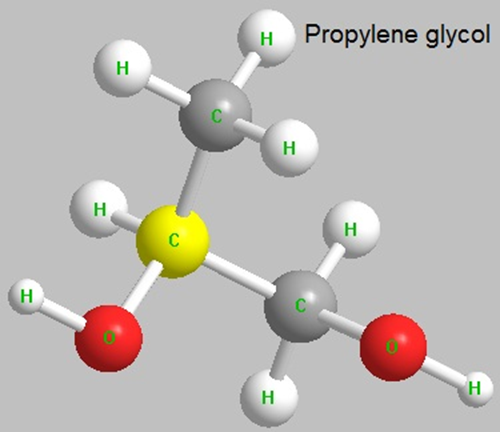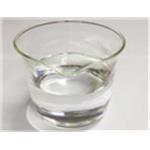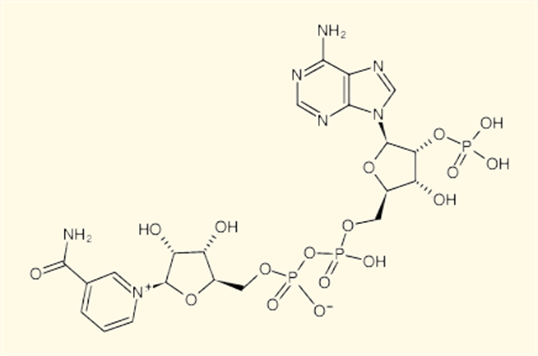Toxicity and human health effects of Propylene glycol
Apr 18,2024
Uses of Propylene glycol
Propylene glycol (PG) is a synthetic liquid that is commonly used in the food, pharmaceutical, and cosmetics industries. It serves as a solvent, humectant, and preservative.

The FDA has classified propylene glycol as a "generally recognised as safe" food additive. Propylene glycol is used in some pharmaceuticals, cosmetics or foods to absorb excess water and retain moisture. It is a solvent for food colours and flavours and is also used in the paint and plastics industries. Propylene glycol is also used in the manufacture of artificial smoke or fog used in fire training and theatre productions.
Toxicity and human health effects
Studies have shown that propylene glycol has very low toxicity and is not carcinogenic, genetically disruptive or interferes with fertility or reproduction. After ingestion of food containing propylene glycol, about 45 per cent of the propylene glycol is excreted from the body as it is by the kidneys. The rest is broken down into lactic acid in the body.
The International Programme on Chemical Safety (IPCS), a part of the World Health Organization (WHO), has documented that propylene glycol is used in the pharmaceutical industry as a solvent and preservative. It also notes that while large ingestion can lead to symptoms similar to ethanol intoxication, there is no data on poisoning from PG as a food additive.
According to the IPCS, the ADI (Acceptable Daily Intake) value for propylene glycol is 25mg/kg, which means that a person would have to consume a substantial amount of PG-containing products to reach harmful levels.
When consumed in toxic amounts, the build-up of lactic acid can lead to acidosis and kidney failure. Acidosis occurs when the body cannot remove the acid fast enough. It begins to build up in the bloodstream, which interferes with normal function.
The primary sign of toxicity is central nervous system depression. Symptoms include slowed respiratory rate, decreased heart rate and loss of consciousness. However, the symptoms can be treated by haemodialysis or by removing medications containing propylene glycol.
However, in people with kidney or liver damage, the risk of toxicity may be increased because propylene glycol or lactic acid cannot be removed from the blood as effectively as in healthy people. Therefore it needs to be used in accordance with medical advice.
In addition, the Cosmetic Ingredient Review (CIR) Expert Panel concluded that propylene glycol and polypropylene glycols (PPGs) are safe for use in cosmetic products at concentrations up to 50.0%. This assessment provides a safety guideline for the use of PG in the cosmetics industry.
- Related articles
- Related Qustion
- What is propylene glycol used for? Is it harmful to the human body? Dec 11, 2024
Propylene glycol is a colorless, odorless, slightly viscous liquid with a texture slightly thicker than water and almost no taste.
- Propylene glycol: Applications, Toxicity and Synthesis Apr 21, 2023
Propylene glycol, also known as 1,2-propanediol, is a synthetic organic compound with the chemical formula C3H8O2. It is a viscous, colorless, and odorless liquid that is soluble in water.
- Applications of Propylene glycol Nov 7, 2019
Propylene glycol is a synthetic, colorless, odorless, tasteless liquid that belongs to the same chemical class as alcohol.
Supplementation with pyridoxal 5'-phosphate monohydrate can synthesize neurotransmitters such as dopamine and serotonin, maintaining a healthy nervous system.....
Nov 4,2025Biochemical EngineeringTPN, or NADP+, is a coenzyme found in all living cells that plays a critical role in cellular metabolism.....
Apr 18,2024Biochemical EngineeringPropylene glycol
57-55-6You may like
Propylene glycol manufacturers
- Propylene glycol
-

- $1.00 / 1g
- 2025-12-05
- CAS:57-55-6
- Min. Order: 1g
- Purity: 99%
- Supply Ability: 1000kg
- Propylene glycol
-

- $0.00 / 1kg
- 2025-12-05
- CAS:57-55-6
- Min. Order: 1000kg
- Purity: 99.96%
- Supply Ability: 100ton/month
- Propylene glycol
-

- $19.00 / 1kg
- 2025-12-05
- CAS:57-55-6
- Min. Order: 10kg
- Purity: 98%
- Supply Ability: 300kg






